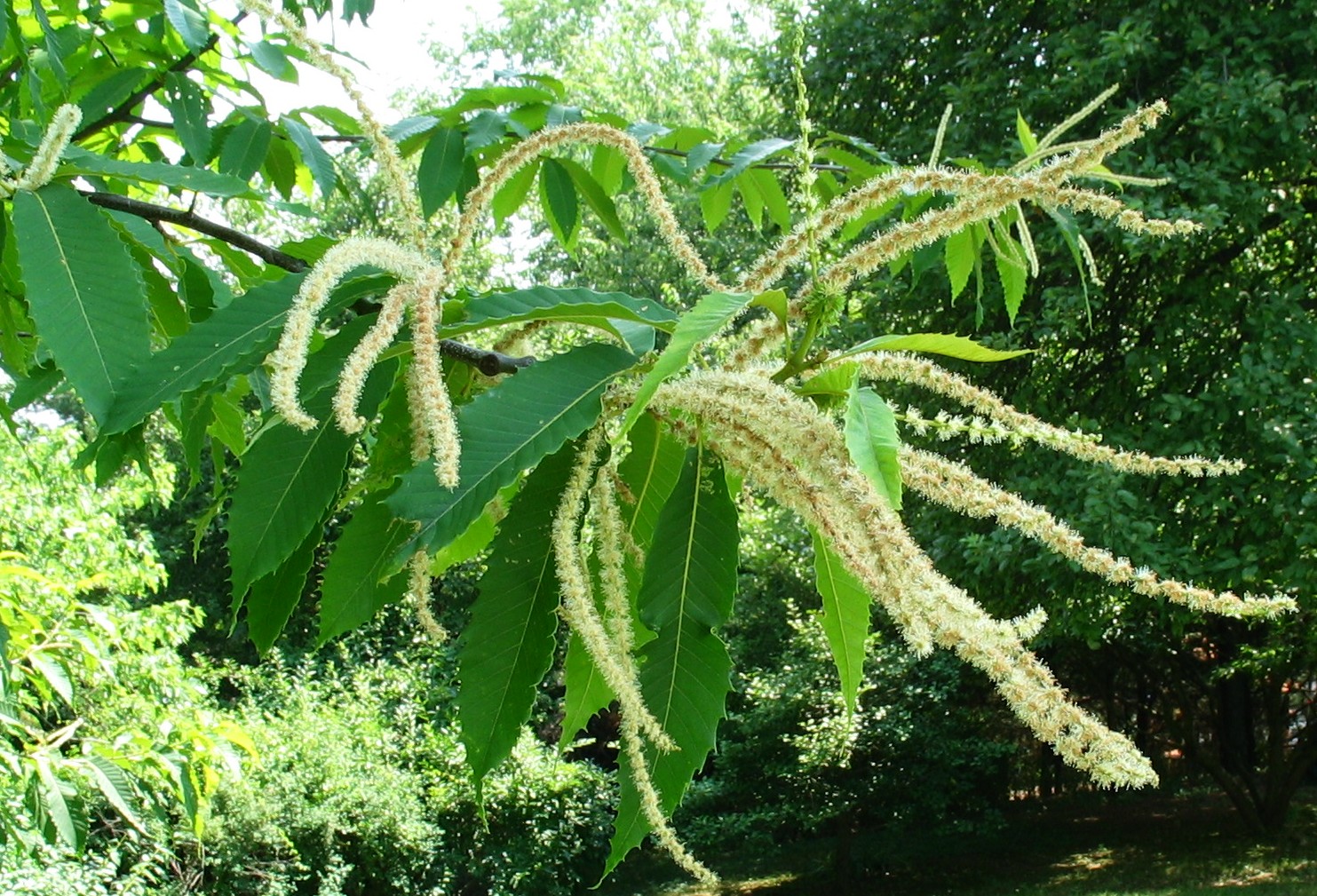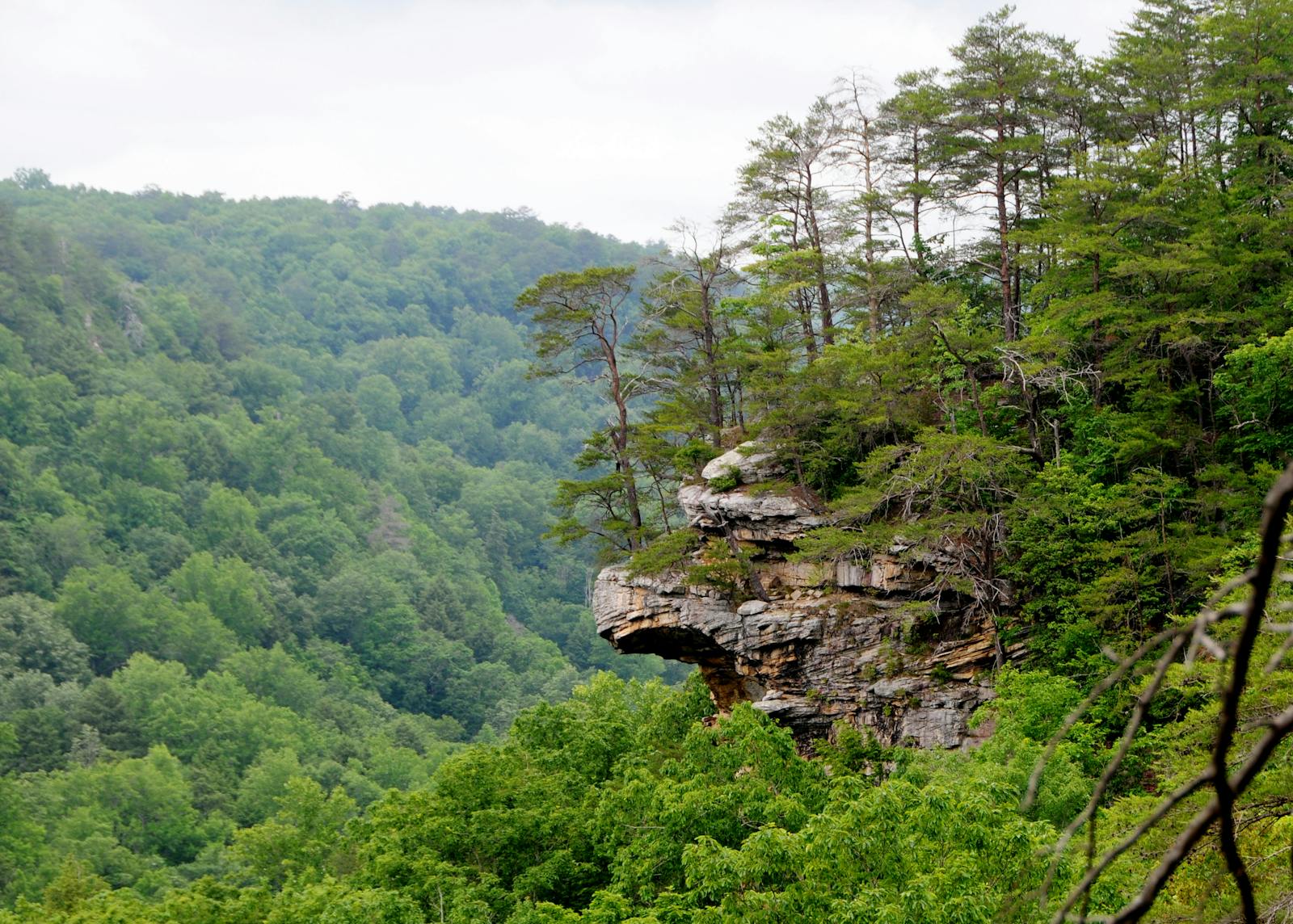Appalachian Mixed Mesophytic Forests
The ecoregion’s land area is provided in units of 1,000 hectares. The conservation target is the Global Safety Net (GSN1) area for the given ecoregion. The protection level indicates the percentage of the GSN goal that is currently protected on a scale of 0-10. N/A means data is not available at this time.
Bioregion: Appalachia & Allegheny Interior Forests (NA24)
Realm: Northern America
Ecoregion Size (1000 ha):
18,178
Ecoregion ID:
329
Conservation Target:
64%
Protection Level:
0
States: United States: AL, GA, TN, KY, VA, WV, MD, OH, PA
In 1805 the French botanist Francois Andre Michaux wrote, “In more than a thousand leagues of the country over which I have traveled at different epochs in North America, I do not remember having seen one to compare with the [Ohio Valley] for the vegetative strength of its forests.” Michaux was describing the heart of the Appalachian Mixed Mesophytic Forests ecoregion. This ecoregion includes the Cumberland Plateau, Cumberland Mountains, and much of the Allegheny Plateau physiographic provinces, stretching from northern Alabama to western Pennsylvania. Sandstones cap most hills and ridges, generally underlain by limestones that are exposed on slopes and ravine bottoms.
This ecoregion is one of the most biodiverse temperate regions in the world. Like the adjacent Appalachian-Blue Ridge Forests, this ecoregion has many plant and animal genera in common with eastern China, reflecting formerly widespread distributions that were disrupted by climatic changes.

The flagship species of the Appalachian Mixed Mesophytic Forests ecoregion is the American chestnut. Image credit: Creative Commons
The Appalachian Mixed Mesophytic Forests ecoregion, with its warm to cold temperate climate, is similar in vegetation to the adjacent Appalachian-Blue Ridge Forests ecoregion, except it lacks the high-elevation communities. What it lacks in elevation, however, is compensated by the exceptional diversity of the forests. Mixed oak forests dominated many uplands in this region, with mesic forests on slopes and gorge bottoms. Mixed mesophytic forests have greater abundance of beech, sugar maple, buckeye, tuliptree, and other moisture-loving species than do mixed oak forests.
With often more than 30 tree species on a single site, mixed mesophytic forests are rivaled in temperate North America only by the cove forests of the southern Appalachian Mountains and the beech-magnolia slope forests of the Florida Panhandle. American chestnut was abundant before it was virtually eliminated by an introduced blight. Old-growth mixed mesophytic forests have amazing levels of patchiness on a relatively fine scale, created by treefall gaps, variation in microtopography, and other factors. This heterogeneity favors a high diversity of plants and animals within sites. Salamanders, songbirds, land snails, and beetles are particularly rich in species, with high levels of local endemism (species found nowhere else).
Although this is a largely forested ecoregion, it was not a continuous forest prior to European settlement. Many broad, relatively flat surfaces of the Cumberland Plateau supported shortleaf pine-oak-bluestem savannas dependent on frequent fire. Other important natural communities include glades, barrens, river-scour prairies, rock outcrops, rock shelters, caves, and many kinds of grasslands and wetlands. Collectively, these non-forest communities add considerable biodiversity to the region and are often the most threatened of all communities.
Similar to the adjacent Appalachian-Blue Ridge Forests ecoregion, with which it shares watersheds, the diversity of fishes, mussels, snails, crayfish, stoneflies, and some other freshwater groups in this ecoregion’s streams and rivers are virtually unsurpassed globally. The Tennessee-Cumberland, Mobile, and Ohio river basins of this and adjacent ecoregions are primary freshwater biodiversity hotspots in the temperate world.
The Appalachian Mixed Mesophytic Forests ecoregion has suffered from logging, agriculture, coal mining, dams, exotic species, and increasing urban sprawl. Although 56% of natural habitat remains outside of protected areas, little old-growth forest remains and most grasslands and aquatic habitats are lost or degraded. Eastern hemlock trees are succumbing to introduced adelgid insects.
Priority conservation actions for the next decade are to: 1) greatly increase federal, state, and local acquisition of conservation lands, and improve management of existing conservation lands; 2) reduce or eradicate populations of problematic exotic species, such as adelgids; and 3) reintroduce populations of extirpated species such as blight-resistant American chestnut and eastern cougar.
Citations
1. Braun, E.L. 1950. Deciduous Forests of Eastern North America. Blackburn Press, Caldwell, NJ.
2. Ricketts, T.H. et al. 1999. Terrestrial Ecoregions of North America: A Conservation Assessment. Island Press, Washington, D.C.
3. Tennessee Flora Committee. 2015. Guide to the Vascular Plants of Tennessee. University of Tennessee Press, Knoxville.



